She Lost 75 Lbs by Eating These 3 Foods That "Mimic" the Effects of Ozempic
Are you trying to lose weight the natural way without taking the Olympics? According to lots of experts, there are foods you can eat that will help your body lose weight, similar to how weight loss drugs work. Aimee Meier is a weight loss warrior and fat loss-slash-hormone expert who helps her clients lose weight without medication. In a new social media post, she revealed a few foods that she eats regularly to lose weight. "3 foods I eat daily that mimic the effects of Ozempic in a natural way," she writes across the video.
Here Is How Ozempic Works
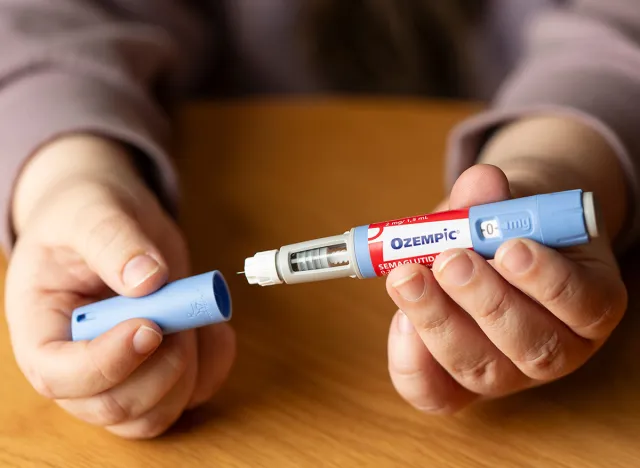
"Here are the quick deets on Ozempic – it helps to keep your blood sugar levels from getting too high. In your body, this medicine acts like a hormone called GLP-1. It stimulates your body to make more insulin after you eat, prevents your liver from releasing stored sugar, and slows the movement of food through your body," she writes.
Here Is How These 3 Foods Mimic Ozempic
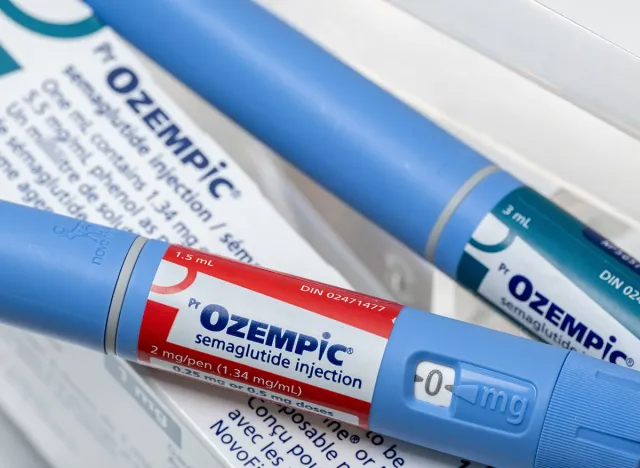
First, she explains that the following three foods mimic Ozempic in three ways. The first? "By helping regulate blood sugar levels – comment "BSB" for more of my top blood sugar balance hacks," she writes. Second, they promote satiety, "helping you feel fuller longer," she writes. Lastly, they support insulin sensitivity, she says.
RELATED: 20 Things You Need to Know About Ozempic and Weight Loss
Greek Yogurt
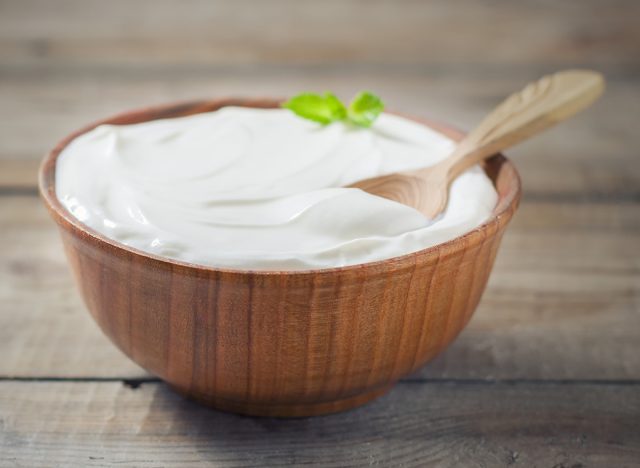
The first food is Greek yogurt. "Rich in protein, Greek yogurt slows digestion, which helps regulate blood sugar after meals. The protein also keeps you satiated, curbing hunger for longer. And the probiotics in Greek yogurt improve gut health, which can impact metabolism and inflammation, both related to insulin sensitivity," she says.
Chia Seeds
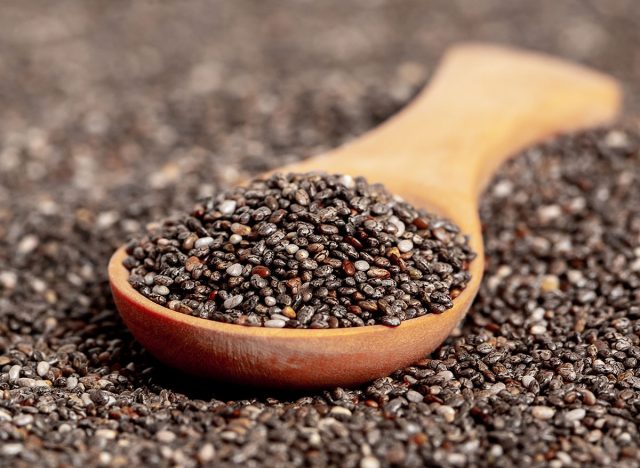
The second food is chia seeds. "Packed with fiber and healthy fats, both of which slow digestion and stabilize blood sugar. By slowing the release of glucose into the bloodstream, chia seeds help prevent spikes and crashes, which can support insulin regulation and steady energy levels. The fiber also keeps you fuller longer, reducing the urge to snack and helping with weight management," she says.
RELATED: Coach Drops 10 Pounds in 2 Months, "5 Things to Avoid in 2025"
Avocado
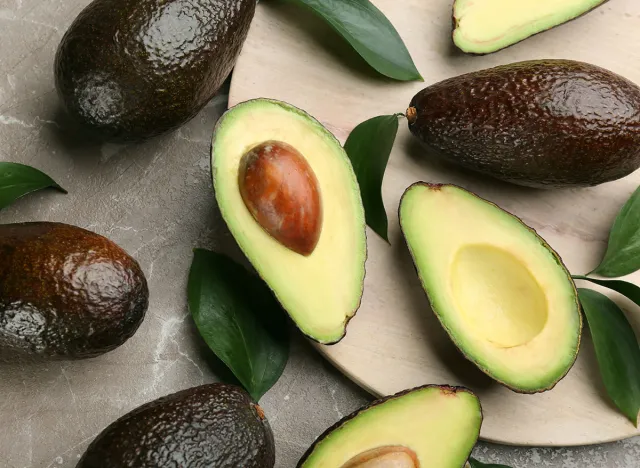
The third food? Avocado. "Avocados contain healthy fats, particularly monounsaturated fats, which help the body better respond to insulin. This aids blood sugar regulation. The fiber in avocados also slows digestion and keeps you feeling full longer, reducing cravings and supporting weight control," she reveals. And if you enjoyed this article, take advantage of these 15 Quick Ways to Lose Body Fat Percentage in a Week.





